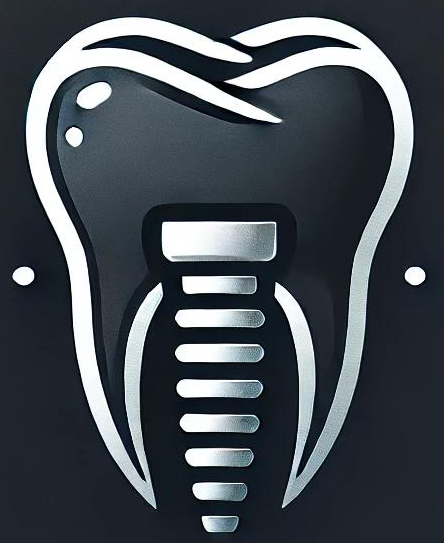
Caring for Your Child’s First Teeth
Although your child’s primary (baby) teeth will eventually fall out, they play crucial roles that impact oral health well into adulthood. These teeth serve as placeholders for permanent teeth, guiding their eruption by holding the correct space in the mouth. As adult teeth develop, their crowns push against the roots of baby teeth, causing the roots to dissolve and allowing the permanent teeth to emerge properly.
Primary teeth also help your child bite, chew, and speak. For the first six years or so, your child relies entirely on these baby teeth for these functions. Between about ages 6 and 12, a mix of baby and permanent teeth will be present, making it important to maintain their health and ensure teeth are lost naturally at the right time.
Request an AppointmentYour Child’s First Teeth
Most children’s 20 baby teeth start to appear between six and nine months, though it can range from three to twelve months. Typically, the two lower front teeth erupt first, followed by the two upper front teeth. The first molars and canines (eyeteeth) come in next. Teething discomfort can occur during this process, and there are ways to help soothe your child.
After each feeding, gently wipe your infant’s gums and emerging teeth with a water-soaked gauze pad or damp washcloth. Around age 2, when more teeth are present, begin a daily brushing routine using a small, soft-bristled toothbrush and only a thin smear of fluoridated toothpaste. Your child may need assistance with brushing until about age 6.
Your Child’s First Dental Appointment
The American Academy of Pediatric Dentistry recommends a first dental visit by your child’s first birthday. Early visits teach proper oral hygiene, allow cavity detection, and monitor dental development. Early Childhood Caries can develop rapidly, damaging teeth within six months or less, so early care is vital.
Positive early dental experiences help your child feel comfortable and confident visiting the dentist regularly throughout childhood.
Pediatric Dental Treatments
Several treatments help prevent or treat tooth decay and maintain dental health in children:
- Topical Fluoride: Applied professionally, fluoride strengthens tooth enamel and helps resist decay, providing more protection than fluoride in toothpaste or water alone.
- Dental Sealants: These plastic coatings seal the grooves (“pits and fissures”) on the chewing surfaces of back teeth, which are prone to decay. Sealants provide years of protection and are quick and painless to apply.
- Root Canal Treatment: Sometimes necessary for baby teeth, root canals save teeth that are badly decayed or injured. Keeping baby teeth helps guide permanent teeth into proper alignment and reduces the need for orthodontic treatment.
- Bonding: Tooth-colored resins repair chips and minor fractures on front teeth, common in childhood. Bonding works on both baby and permanent teeth and lasts until facial growth is complete.
Orthodontics for Children
By about age 7, many bite problems (malocclusions) become apparent. Early (interceptive) orthodontic treatment can guide jaw growth and tooth positioning, potentially avoiding or simplifying later treatments. Regular dental evaluations during childhood help detect these issues early.
Sports and Your Child’s Teeth
If your child plays sports, a custom-made mouthguard is highly recommended. The American Dental Association reports athletes are 60 times more likely to suffer dental injuries without proper protection. Custom mouthguards, made from models of your child’s teeth, offer superior protection compared to store-bought options, helping prevent pain, trauma, and costly dental procedures in the future.
